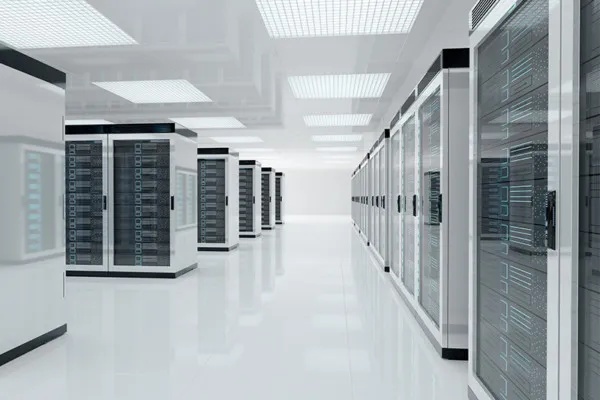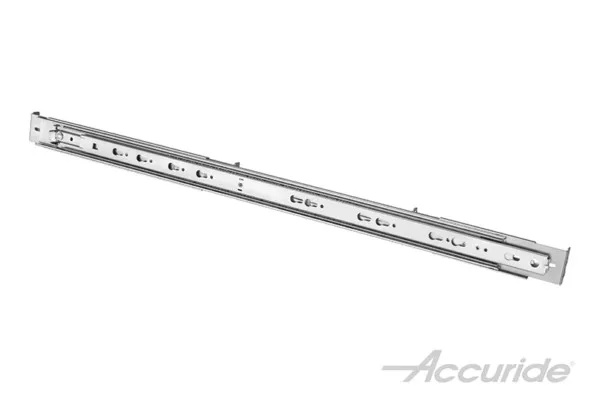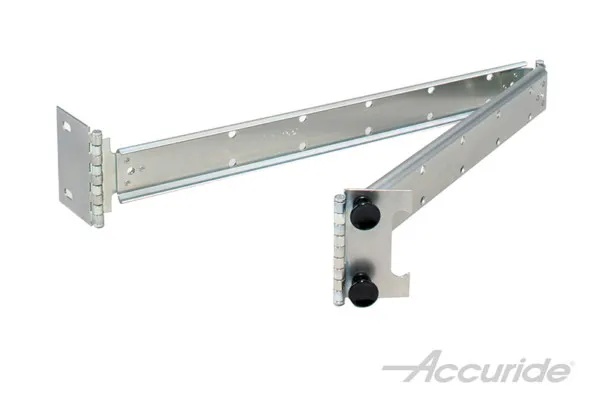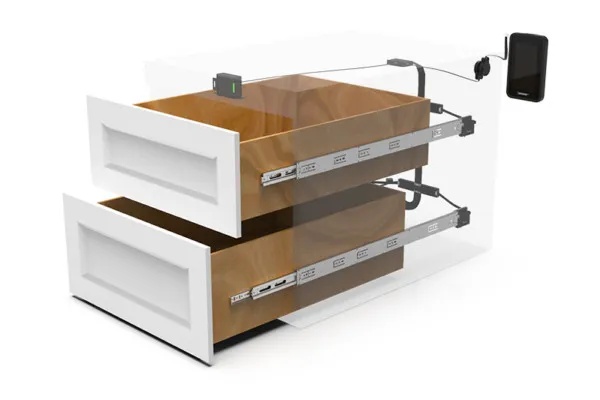Designing a Data Center?
Follow These Tips or Risk a Costly Fiasco Down the Line
Take a drive on Highway 7 in Virginia, which parallels the Potomac River, and you’ll come across an innocuous town called Ashburn. It’s easy to overlook, sitting between three popular destinations: Harpers Ferry, Manassas Junction, and Washington, DC.
So, why is Ashburn significant?
Believe it or not, Ashburn offers a precious commodity that tech companies pay big bucks for Space.
Ashburn and its parent county of Loudoun is home to data centers for some of the nation’s biggest enterprises. Earlier this year, Amazon—the world’s largest retailer—bought eighty-nine acres of land in the area. Amazon already has about forty data centers in Virginia, but a soaring demand from customers for data storage drove an urgent need for more physical space to house digital space.
The price for this sudden acquisition? Over $116 million.
Luckily, most data-driven enterprises can avoid a problem like this through a well-planned design. Read more to find out how.
The Basics of Data Centers
A data center is a facility that stores mainframes. Mainframes, in turn, store and process electronic information (“data”).

Data centers require environmentally controlled spaces with a steady stream of power. A downed center can cost an enterprise millions—even billions—of dollars.
A medium-sized business may have data that occupies a small room. Government agencies often have data centers that occupy whole buildings. Large corporations have data centers that go beyond.
These monoliths of electronic information take up hundreds of thousands of square yards of space, occupying whole campuses. Ashburn, Va., is home to one such campus owned by the Digital Realty Trust. This megaplex for electronic information, divided into seven buildings, occupies over 230,000 sq. yds. of space. The largest data center, located in Northern China, devotes four times that space.
Any well-designed data center will save growing enterprise money in the long run. Those savings will come from:
- Extra space to meet future growth
- Good cable management
- Well-ventilated and modular cabinetry
- Secured access
Stay Spacious
Change is space is the costliest and most disruptive setback to any data center, especially in an environmentally controlled setting. According to the Uptime Institute, a square foot of data center space can range from $450 for a Tier 1 setting to $1,100 for Tier 4.
Make sure that a cabinet offers convenient (authorized) access to hardware for maintenance or adjustment. Quick access and modification reduce downtime. Likewise, a spatially efficient and adaptable cabinet requires less time and expense adding or moving cabinets when growth is needed.

Specialty slides for server racks, such as the Accuride 2907WB, go beyond traditional guides. They will occupy far less side-space than other slides with similar load capacities while being quick and simple to disconnect.
Also, ensure cabinet racks use slides with a narrow profile, but high load capacity. The Accuride 2807 Light-Duty and Low-Profile Slide, for example, supports loads up to 100 lbs. like a traditional 3832E Light-Duty Slide. However, 2807 occupies just .38″ of side-space compared to .50″ with the 3832E.
Stay Flexible
Good cable management, with plenty of available space, makes the addition or modification of servers short and simple. Adopt a flexible and scalable cabinet. Have a cabinet with adjustable rails, multiple forms of airflow management (ventilation), and protection for cabling. Make sure those cables have a narrow outer diameter.
Stay Manageable
An organized data center with well-managed cabling and centralized patching goes a long way in disaster-prevention.

Carriers, such as the Accuride CC9-1-CD, simplify cabling in data centers. Good cable management quickens and eases maintenance, resulting in less downtime and money lost.
A well-managed system means less downtime, lower operating cost, and more reliability.
Stay Secure
What’s the use of a well-designed data center if it’s not protected?
This leads to the area of cabinet-level access control. These types of electronic security systems often use Radio Frequency Identification (RFID) to permit authorized access.

Advanced RFID systems like Senseon Plus ensure protected and monitored access to data center cabinets. Critical features include audit trail and dual-authenticated access.
More advanced systems, such as Senseon Plus, add special features critical to protecting extra-sensitive applications, like data centers.
These features include:
- Dual-authenticated access, requiring simultaneous permissions from two or more authorized users to open a cabinet
- Audit trail to list who accessed a cabinet and when
- Lean and modular components that don’t take up precious space
Design a data center to be “flexible” and “scalable” for your environment. Require verified access to one cabinet, a group of cabinets, or even just one part of the cabinet. Avoid a traditional lock-and-key system. A user can misplace a key, copy it, or share it without an administrator/manager’s awareness. Use an electronic access control system instead.
In Conclusion…
An accessible and modular data center goes a long way when it comes to dollars and time. But taking a little bit of extra effort upfront can save a fortune in the long run.
Are you designing a data center? Retrofitting an existing one? Check out Accuride’s Data Centers & Electronic Enclosures Page. There you’ll find real-world, space-saving solutions from Accuride. You’ll also find downloadable literature, CADs, and more.
Related Posts
Accuride in Action: Holmberg Cases
June 5th, 2023
Accuride Heavy-Duty Movement for Ever-Demanding Industry
June 5th, 2023
